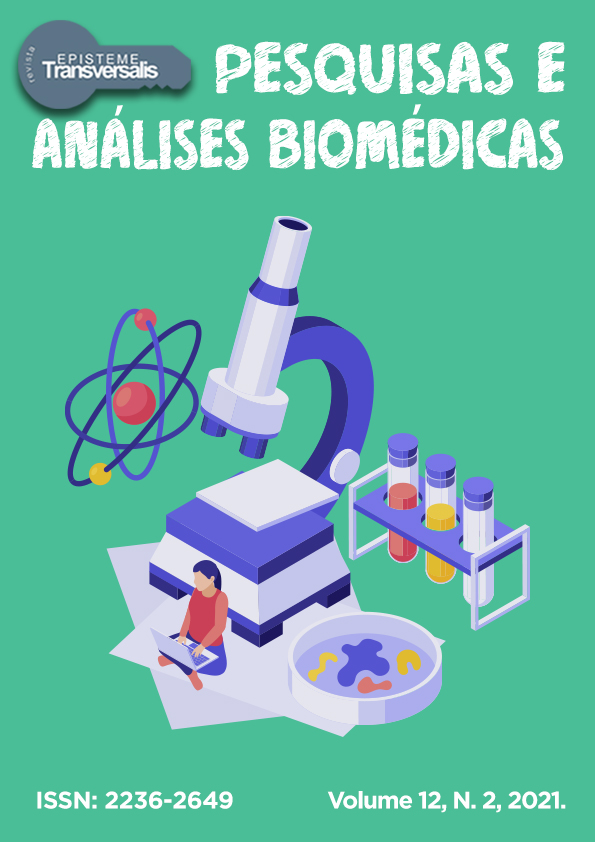APLICAÇÃO DA TECNOLOGIA DO SISTEMA CRISPR Cas-9 NO TRATAMENTO DO VÍRUS DA IMUNODEFICIÊNCIA HUMANA
APPLICATION OF CRISPR Cas-9 SYSTEM TECHNOLOGY IN THE TREATMENT OF THE HUMAN IMMUNODEFICIENCY VIRUS
Resumo
CRISPR sigla que se refere ao Conjunto de Repetições Palindrômicas Regularmente Espaçadas, é composto por sequências do DNA de bactérias, herdadas de vírus predadores e permite a elas reconhecer e se defender de novos ataques. Este sistema é capaz de silenciar os genes do vírus invasor e impedir sua replicação. Uma enzima presente no sistema de defesa das bactérias chamada Cas9, é eficiente em fazer alterações precisas no DNA, portanto trata-se de uma ferramenta hábil na edição genética. Um dos aspectos de maior destaque dessa metodologia tem sido seu potencial de cura para a Síndrome da Imunodeficiência Adquirida (Aids), doença provocada pelo vírus da imunodeficiência humana (HIV). O sistema tem a capacidade de promover a eliminação do vírus tanto durante a fase de infecção aguda quanto no estágio de latência. Um grande avanço dessa abordagem é a possibilidade de remoção do genoma viral em células que atuam como reservatórios latentes do vírus, isto é, em células em que o vírus HIV permanece 'silenciado' no genoma humano, sem se manifestar e fora do alcance de terapias antirretrovirais. Sendo assim, pode representar um passo que substitui o uso de coquetéis antirretrovirais e se aproxima da cura permanente da AIDS. O presente trabalho buscar por meio de revisões bibliográficas analisar o potencial da utilização do sistema CRISPR/CAS9 na edição de genes contendo o vírus HIV, bem como suas limitações e riscos.
Abstract:
CRISPR in an acronym that stands for a set regularly spaced palindromic repetitions, made of sequences of DNA of inherited bacteria of predatory viruses that allows them to defend themselves from novel attacks. This system has the ability to switch off genes in the invading pathogen and stop it from replicating. An enzyme called CAs9 presente in the system defends from bacteria and is efficient in making precise changes to DNA, therefore it is an effective tool for genetic editing. One of the most promising aspects of this method is its potential to treat and cure AIDS (Aquired Immuno Deficiency Virus), the disease caused by HIV (Human Immunodeficiency Deficiency Virus). The system has the ability to promote the elimination of the virus both during the infection phase, and during the non-latency period. A big advance in this method is the possibility of getting rid of the viral genome in cell that act as later reservoirs for the virus, that is, in cells that the HIV vírus remains deactivated in the human genome without manifesting, and beyond the reach of antiretroviral therapies. To summarize, it can represent a step that replaces the use of antiretroviral cocktails and makes headway towards the permanent cure of AIDS. This current work attempts to search through bibliographic reviews to analyze the potential of using this CRISPR/CAS9 system in the editing of genes that carry the HIV virus, as well as its drawbacks and risks.










